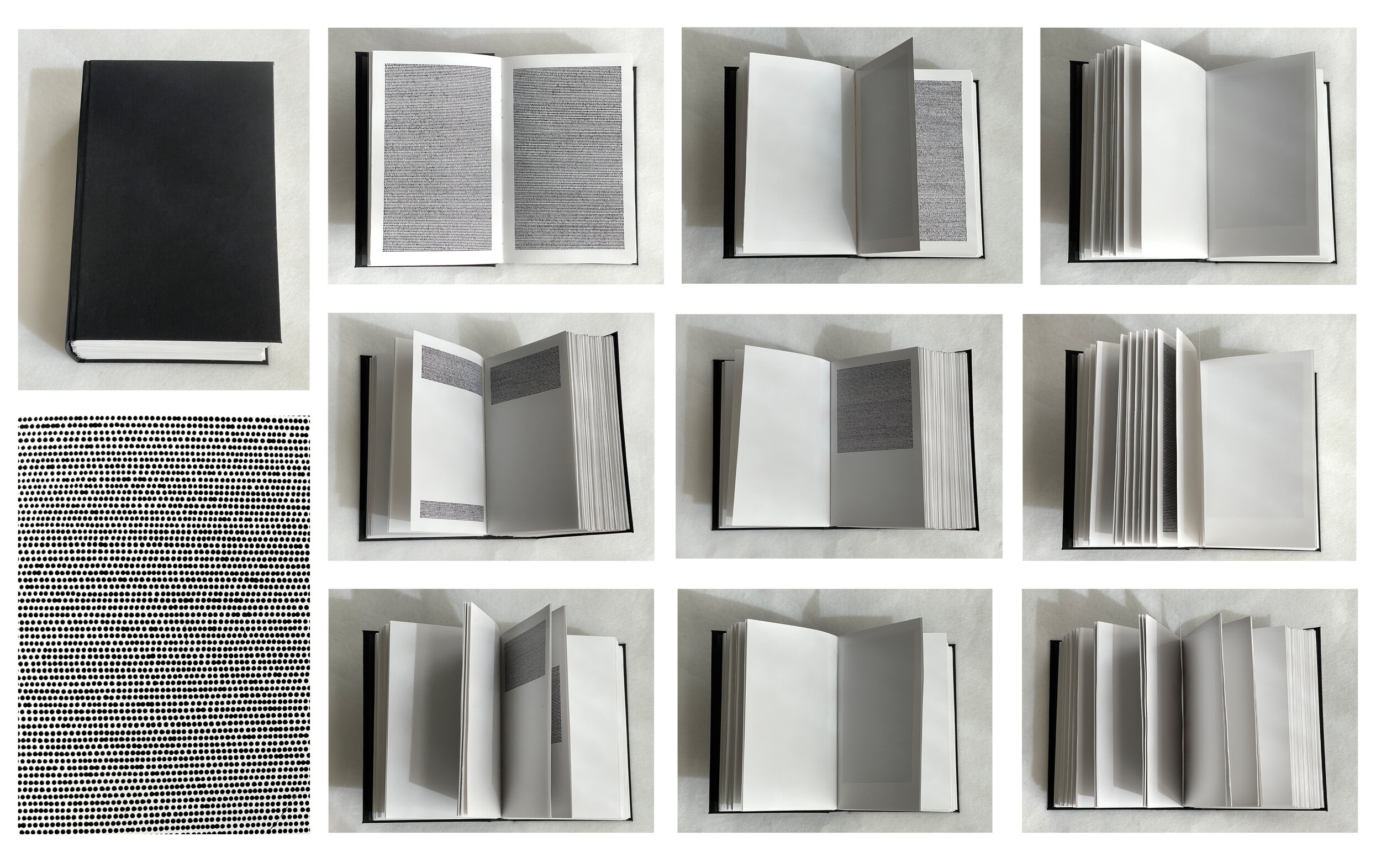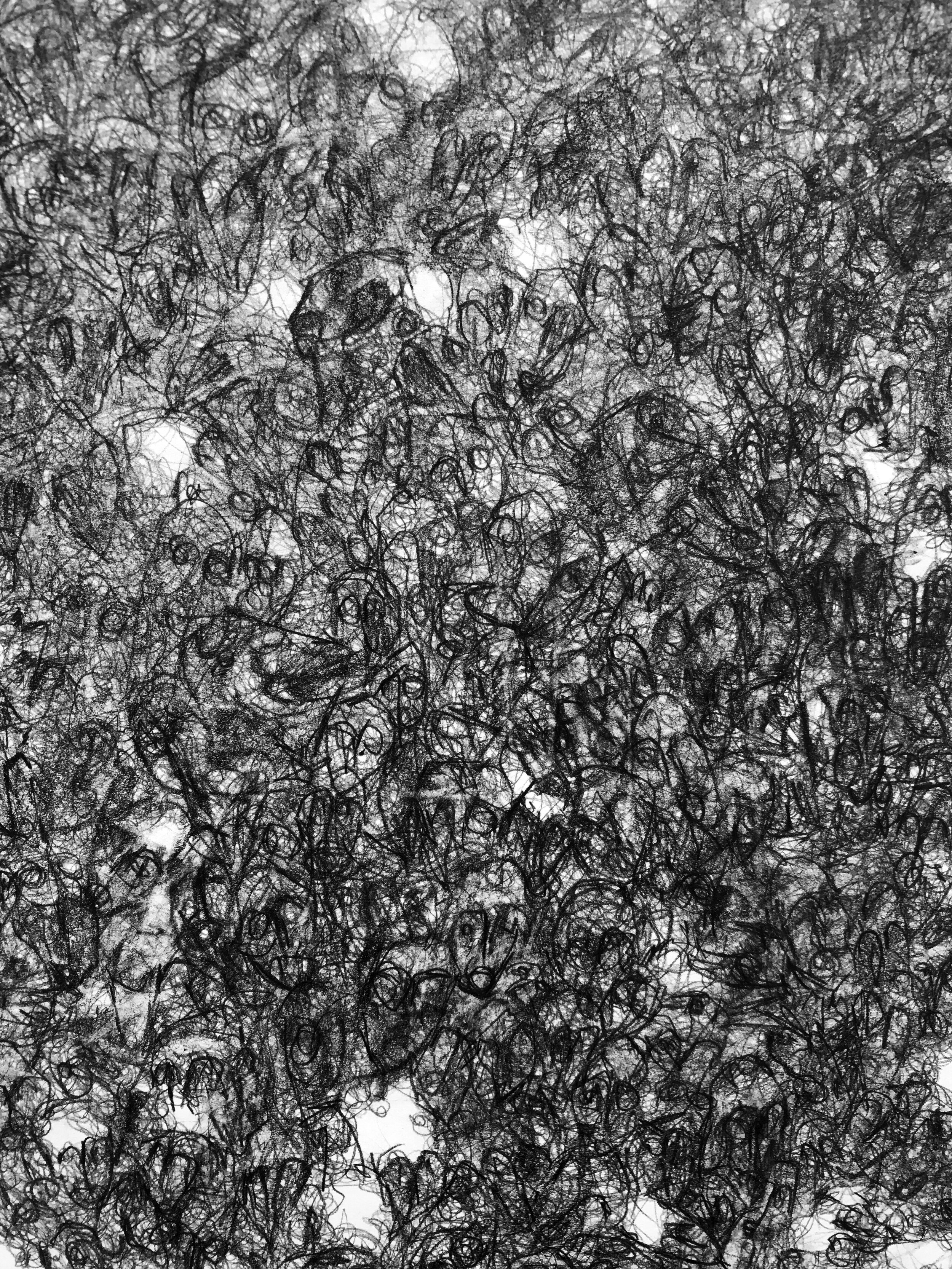2020-2024
For No Good Reason, 50,000 drawings, 2024-2026
Sizes vary from 2”x2” to 60”x130”
Mixed media
The attempt is the impossible goal of making 50K drawings for my 50th year of existence (2026). Drawings are to be done on any format, with any material, of anything.
For no good reason one’s life is consumed by hard labor. Like Sisyphus, laboring endlessly within Plato’s cave of shadows, where one tries to make sensical images of it, yet, all for no good reason. Being aware of the Plato-Sisyphus-ian state of being, realizing the impossibility of reaching a goal or ever actually seeing and knowing, makes no difference as one keeps going, laboring ever so hard for no good reason other than no reason at all.
The impossibility of the task is not only in its massive physicality and labor but even more so in its cognitive demand. Can one even conger 50K words, much less 50K statements or drawings with the particular subject matter, within which there are a significant number of individualized decisions and statements? Can one continually talk about 50K things, using visual language?
Drawings are an informational collection of personal memories, visual stimuli, observations, and thoughts.
If the goal is impossible should it still be attempted?
As a whole, the piece's information quantity is so large and complex, 50K drawings, that no one person will ever be capable of perceiving its totality but only its parts; an image here and image there; one at the time. Opinion will be construed and based on a selected few images that were cognitively registered and picked among immense stimuli. Among all the information offered within the piece there is a great number of possible possibilities, but in a moment of observation, the viewer's brain collapses them all into one state, one view, one opinion. World as an individualized construct through interaction.
One's life is informationally so complex that no one can fully and in entirety comprehend one’s life or their own.
Detail
7 days Self-Portrait, 2024
Marker on Plexiglas 9” x 14”
Each day draw number of marks equal to number of days alive (17,354 today) on plexiglass.
What pattern will appear? Will there be a pattern of clumping of marks and absence of them? Who are we if we repeat ourselves, can we repeat, or are we slightly different every day? Does our past, our memories appear differently to us daily?………?????????










































